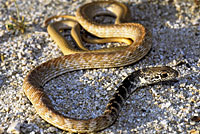Commonly Encountered California Snakes

| Look for a picture that is similar to the snake you want to identify, read the brief descriptions of behavior and habitat, look at the range map to see where the snake is found, and if everything fits your snake, click on the link to continue your search. |

| Check the following pictures first if you are trying to identify a snake you have found in California. I have received many emails asking me to identify the species of snakes shown below, so these are either the snakes most commonly encountered in California, or maybe they're just the snakes that are the most difficult to identify for the novice. Always keep in mind that most snakes vary in appearance, and a snake can look much different in motion than it does in still photos where it is often coiled up unnaturally to fit in the picture better. Don't only consider the color of a snake - it can be lighter or darker than seen in these or in other pictures, and the pattern can also vary. If you do not find your snake here, try going back to the Snake Identification page. Feel free to email a picture to me along with information about where you saw it (city and county) and what it was doing and I will try to help you identify the snake. |
|||
Gophersnake |
|||
 |
|||
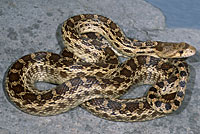 |
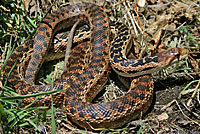 |
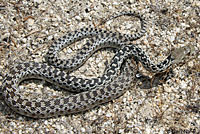 |
 |
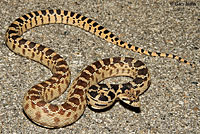 |
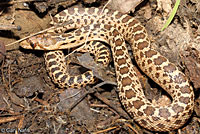 |
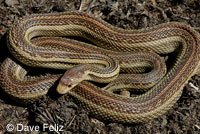 |
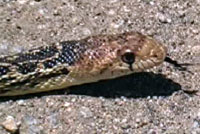 |
| Striped Gophersnakes are sometimes found in Northern California |
Short Video | ||
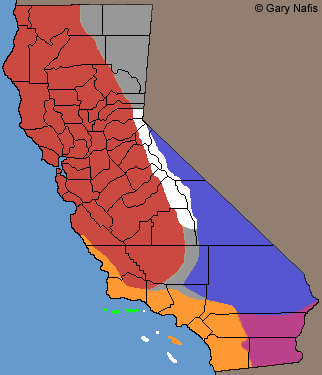 |
|||
| Red, Orange, Blue, Purple, and Gray: Range of Gophersnakes in California | |||
Coachwhip (Racer) |
|||
 |
|||
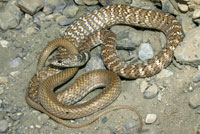 |
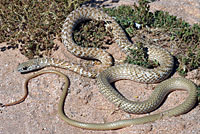 |
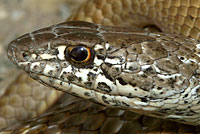 |
|
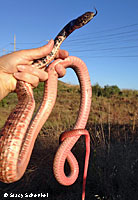 |
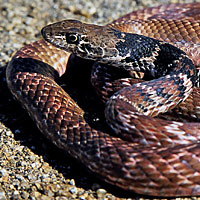 |
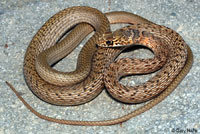 |
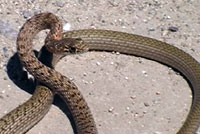 |
| Short Video |
|||
 |
|||
| Red and Orange: Range of Coachwhips in California. | |||
Sharp-tailed Snake |
|||
 |
|||
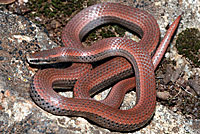 |
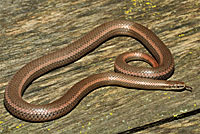 |
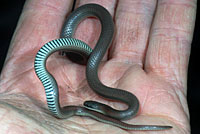 |
 |
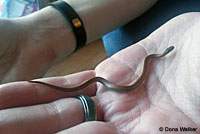 |
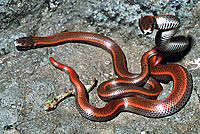 |
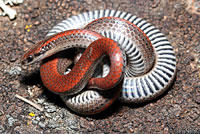 |
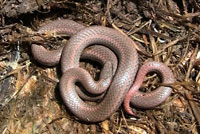 |
| Juveniles are tiny. | Juveniles and sometimes adults are often bright reddish. |
The belly is light with black bars. | Short Video |
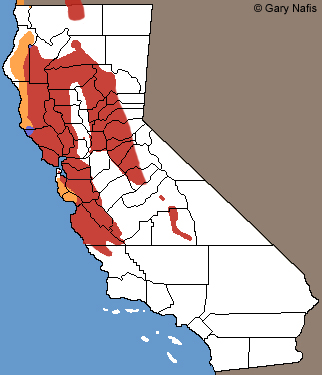 |
|||
| Red and Orange: Ranges of Sharp-tailed Snakes in California. |
|||
California Kingsnake |
|||
 |
|||
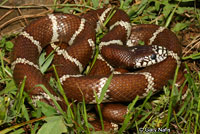 |
 |
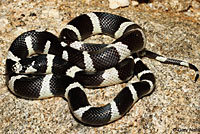 |
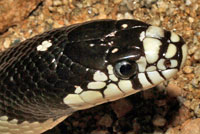 |
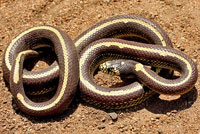 |
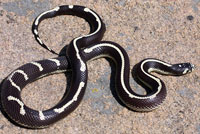 |
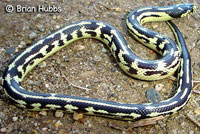 |
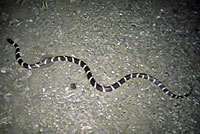 |
| Short Video |
|||
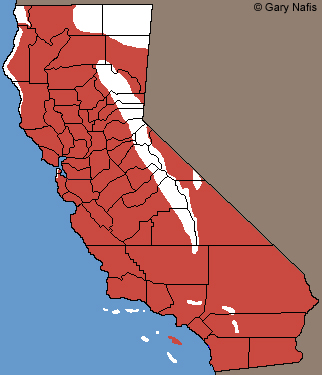 |
|||
| Red: Range of the California Kingsnake in California |
|||
Western Yellow-Bellied Racer |
|||
 |
|||
 |
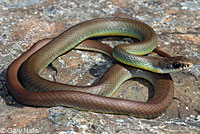 |
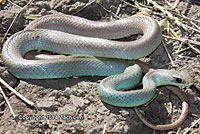 |
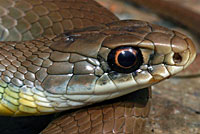 |
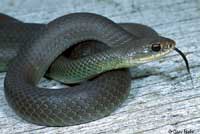 |
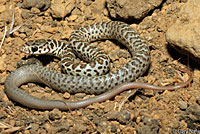 |
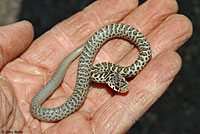 |
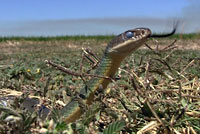 |
| Juveniles are patterned | Short Video | ||
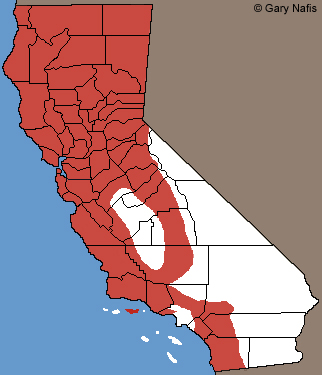 |
|||
| Red: Range of the Western Yellow-bellied Racer in California | |||
Striped Racer or Whipsnake |
|||
 |
|||
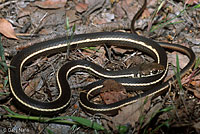 |
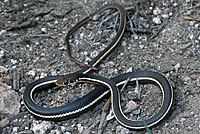 |
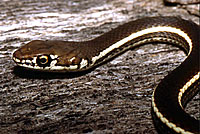 |
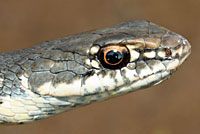 |
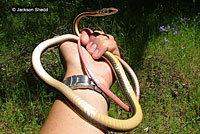 |
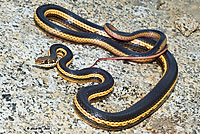 |
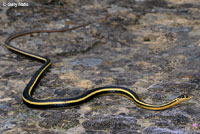 |
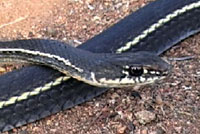 |
| Short Video |
|||
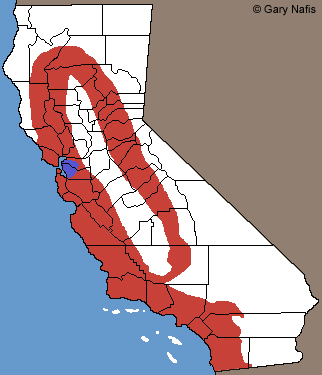 |
|||
| Red and Blue: Range of Striped Racers in California. | |||
Ring-necked Snake |
|||
 |
|||
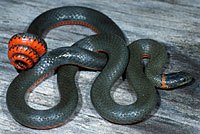 |
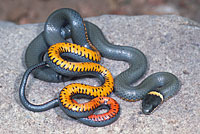 |
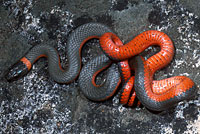 |
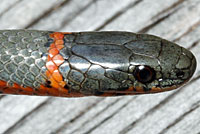 |
 |
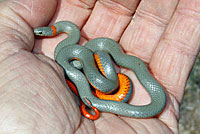 |
 |
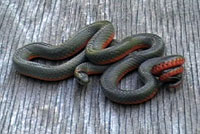 |
| Short Video | |||
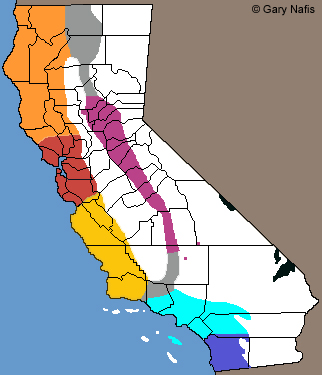 |
|||
| Ranges of the four forms of Ring-necked Snakes found in California. | |||
Western Rattlesnake |
|||
 |
|||
 |
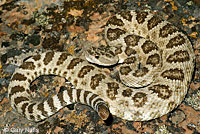 |
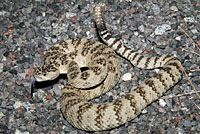 |
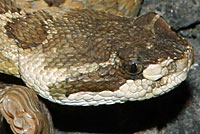 |
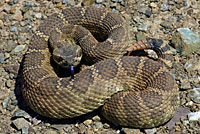 |
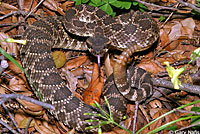 |
 |
 |
| Juveniles do not yet have a rattle, but they do have a yellow "button" at the end of the tail. | Short Video | ||
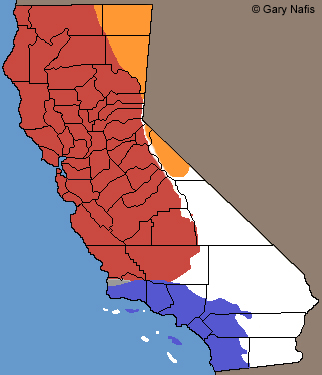 |
|||
| Ranges of the three forms of Western Rattlesnakes in California | |||
Gartersnakes (Several species) |
|||
 |
|||
 |
|||
 |
|||
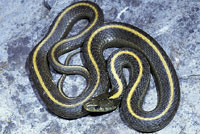 |
 |
 |
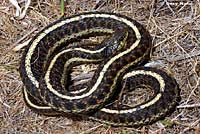 |
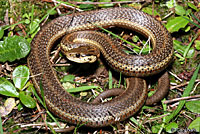 |
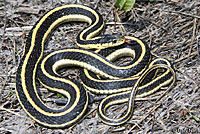 |
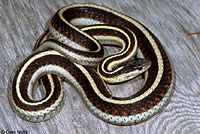 |
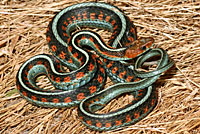 |
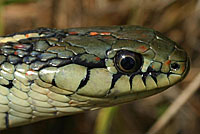 |
 |
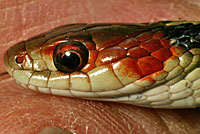 |
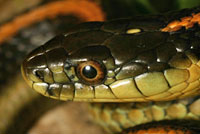 |
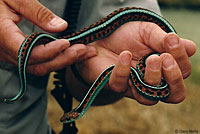 |
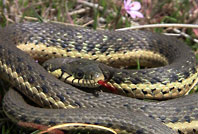 |
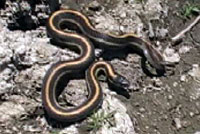 |
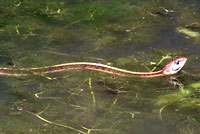 |
| Short Video |
Short Video | Short Video | |
| Range Maps for California Gartersnakes | |||
Return to the Top
© 2000 -

